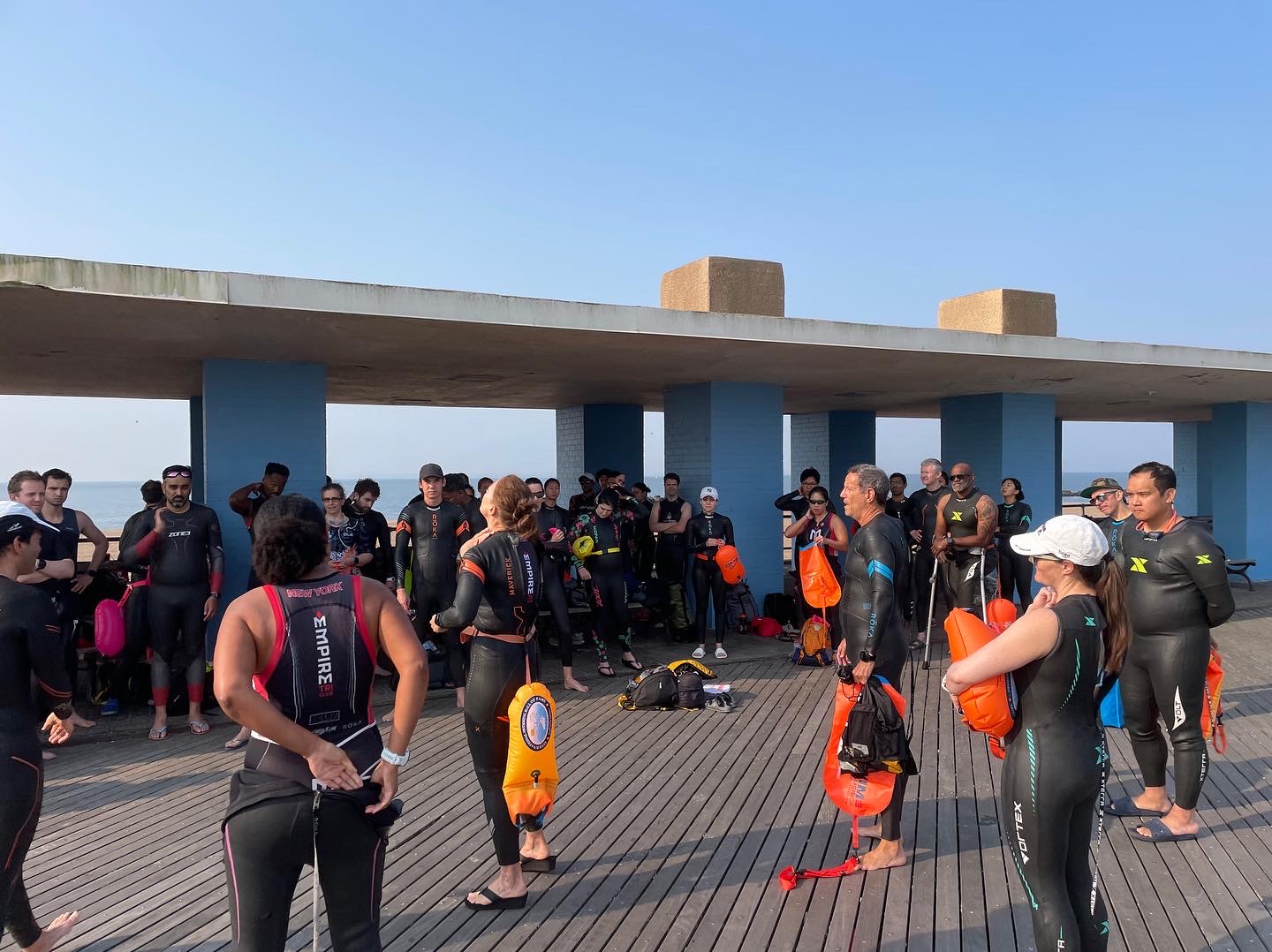
One of the more common questions we hear, especially from new triathletes, is what type of bike they should train with and use for a triathlon. After all, a bike has the potential to be the largest single expense in the sport.
There are several options available for triathletes, and which one is best for you largely depends on your goals — both short-term, and long term.
If you want to be competitive in your race, to really test yourself and see how well you can do, or if you think you might want to do several triathlons over time, it is best to invest in a road bike or tri bike. You can buy a new bike at a local bike shop, or find one used. If you buy a used one, just be sure to be picky on fit — don’t settle for something that doesn’t feel just right. And make sure the frame is in good shape with no cracks or major chips.
In any given race, the most common type of bike will probably be a triathlon bike, or time trial bike. A tri bike looks like a road bike, but has slightly different geometry that creates two advantages. The seat tube will usually have an angle of around 78 degrees (vs. 72-74 degrees on a road bike). This geometry allows the rider to save more of the quadricep energy for the run leg of the race, and also be more aerodynamic in a tuck position, because of your ability to lay forward on the aerobars. Aerobars are standard on tri bikes. You can find a more in-depth explanation of the finer points of triathlon bikes, here.
A road bike is the next most common type of bike you will see at most races. In fact, we know some avid and very competitive triathletes prefer to use a road bike. The geometry of a road bike is slightly more relaxed, meaning that you don’t quite get the same aerodynamics, and you sit a little further back on the bike. A road bike has a couple advantages of its own, though: It is typically going to be more responsive on hills or less predictable terrain, and it is more multi-purpose. Long, touring rides are usually done on road bikes, not tri bikes (but not always). For someone who wants to just own one bike, this might be a factor.
The fact, though, is that either a road or tri bike will allow you to be quite competitive in a triathlon. If you think you want to someday become a serious triathlete, we say go for the tri bike. Otherwise, choose whatever your budget allows and what feels most comfortable. The price for such bikes in recent years, even at the entry-level, has gone up. But there is always the option of borrowing, buying used, or using a different style of bike that you might already own.
What about other bikes? Can you simply use the mountain bike or hybrid bike in your garage for a triathlon? Of course. In any given race, you see several racers complete the triathlon on a mountain, hybrid, or commuter-style bike.
The only issue with not using a tri or road bike is that if you want to be competitive, and challenge yourself to see how high you can finish, then a mountain, hybrid, or commuter bike will hold you back a bit. The gearing on these bikes just cannot match that of the road and tri bikes, and the frame geography isn’t conducive to cranking out speed during the bike leg. This means that they are less efficient. For example, if you can crank out 200 watts of sustained energy on the bike, those 200 watts will result it in less speed on a mountain bike than they would on a road or tri bike.
One thing you can do to a mountain or hybrid bike to modestly increase its speed is to add racing slicks as the tires. It won’t solve the problem, but will help. Additionally, gearing the bike with clipless or clipped-style bike pedals, along with the matching cleat on a bike shoe, will increase your output significantly versus a standard-issue pedal.
Still, we would much rather see you try a triathlon with your mountain or commuter bike than not do one at all. You won’t be alone. The triathlon community simply wants to see as many people enjoying the sport as possible!
Article provided by Paul at Complete Tri



